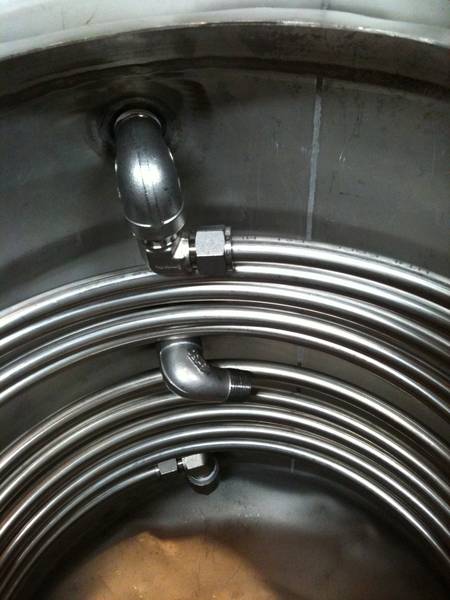Red Clay
Well-Known Member
My buddies are coming over tomorrow and we are creating the HLT heat exchanger from 0.020" wall thickness 1/2" stainless steel.
I've searched and seen threads talking about how hard it is to do, but no tips on doing it well.
My plan is to lay the tube on the ground and place my 12" aluminum pot over it. Then we'll slowly bend the tube as we roll the pot as we press the tube against it on the back side.
I couldn't think of a jig to make it work better, so I figured we'd just do it manual-like.
Can anyone who has done it provide some guidance on the do's and don'ts?
I've searched and seen threads talking about how hard it is to do, but no tips on doing it well.
My plan is to lay the tube on the ground and place my 12" aluminum pot over it. Then we'll slowly bend the tube as we roll the pot as we press the tube against it on the back side.
I couldn't think of a jig to make it work better, so I figured we'd just do it manual-like.
Can anyone who has done it provide some guidance on the do's and don'ts?




